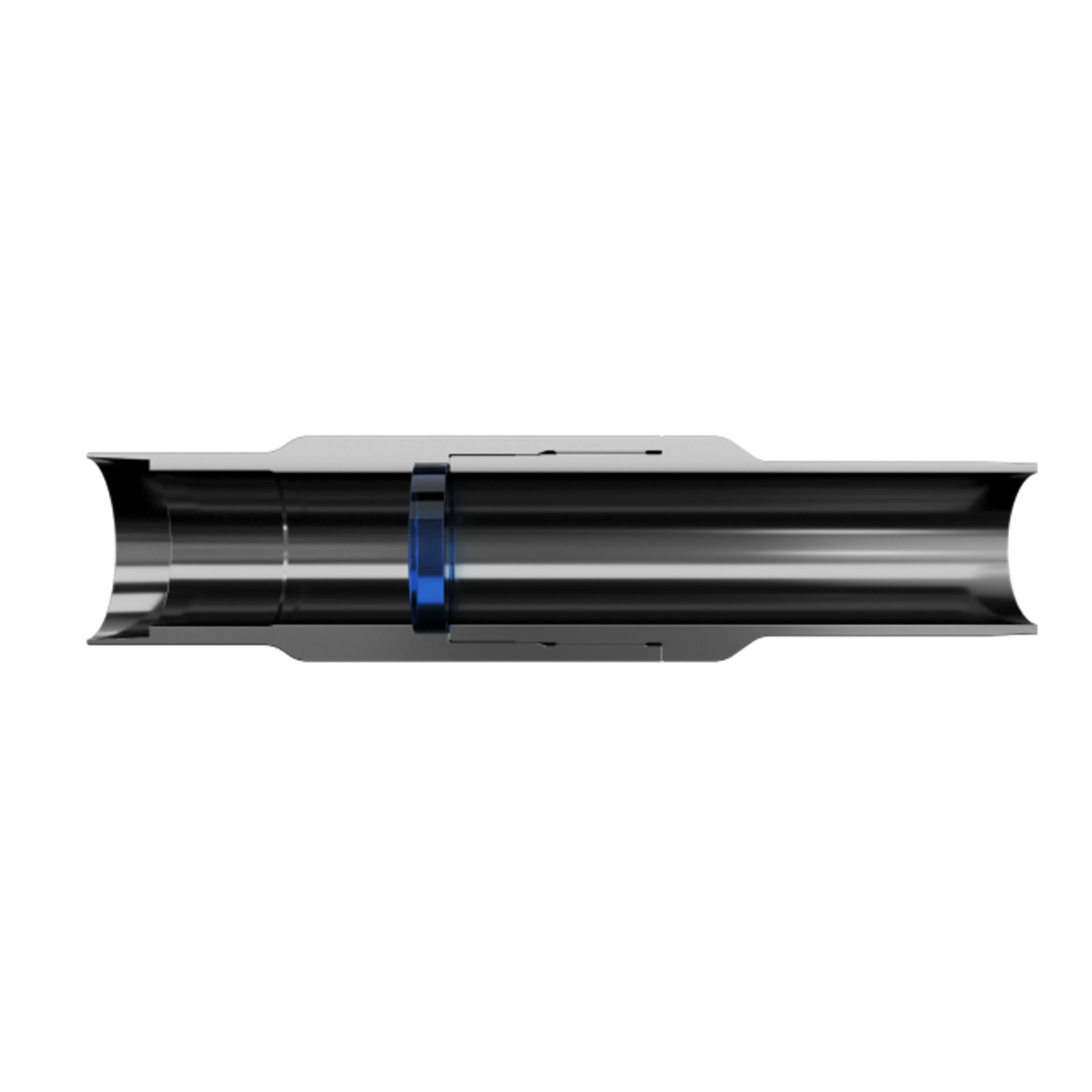
BreakThru™
99.9
%
Of BreakThru devices land on first attempt
Being able to float casing to total depth allows operators to maximize operational efficiencies.
Innovative Engineering
BreakThru features a material barrier that disintegrates at a predesignated differential pressure into sand-like particles that are easily circulated out, leaving a full-bore casing string.
Unobstructed Recovery
Conventional flotation solutions require a debris trap or landing collar. With BreakThru, you have unobstructed access to the full wellbore, no components, fluid flushes or retrieval trips required.
Maximized Profits
That 20 extra feet of prime production pay zone could equate to about $120,000 in reserves you’d otherwise abandon, while reducing NPT and boosting efficiency overall.
BreakThru
Dig Deeper

Benefits of the BreakThru Casing Flotation Device
Highly engineered barrier
Reduced casing weight
Advanced modeling
Less shoe track, more pay

Featured Case Study
BreakThru™ Delivers Additional $120,000 of Recoverable Reserves

We're standing by